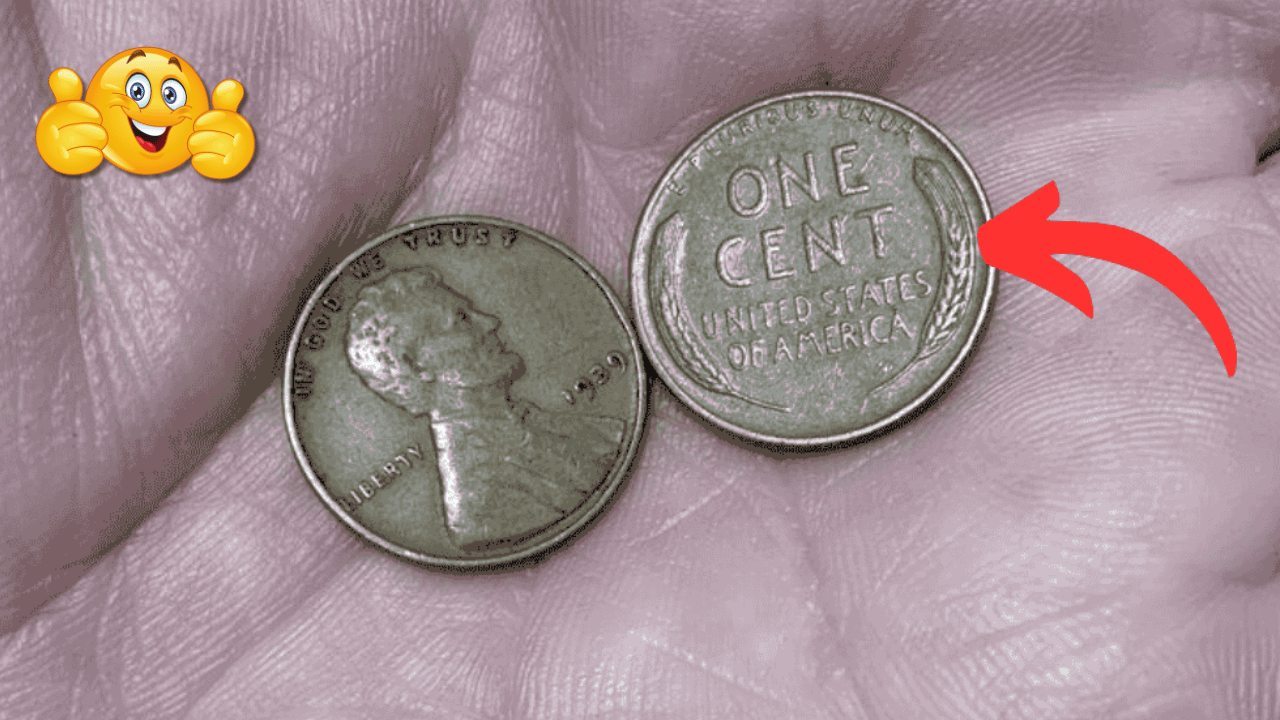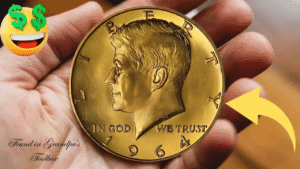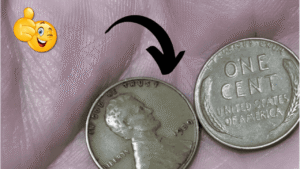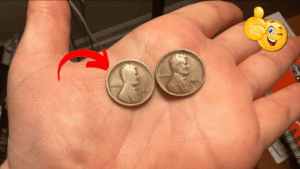A single penny rarely draws much attention—until you realize one might be worth a staggering $4.4 million. That’s the case with a legendary 1943 Lincoln Wheat Penny made from copper instead of steel. While it was never meant to exist, a few of these rare coins slipped into circulation and are now among the most sought-after pieces in numismatic history. Even more astonishing: one could still be hiding in someone’s change jar or pocket.
Let’s break down why this tiny copper coin has such a massive price tag and how you might spot one.
What Is the Lincoln Wheat Penny?
The Lincoln Wheat Penny, also known as the Wheat Cent, was minted from 1909 to 1958. It was the first U.S. coin to feature a real person—President Abraham Lincoln. The reverse side displayed two wheat stalks, giving it its nickname.
These pennies are beloved by collectors for their historical significance and distinctive design. Most are common and worth only a few cents, but a handful—like the 1943 copper version—are worth a fortune.
The 1943 Copper Penny: A Minting Mistake Turned Treasure
During World War II, the U.S. Mint stopped making pennies from copper to preserve the metal for military use. In 1943, pennies were struck using zinc-coated steel. However, a few copper blanks from the previous year were mistakenly used, producing a rare batch of 1943 copper Lincoln Wheat Pennies.
Only 15 to 20 of these copper coins are believed to exist today. Because they were never intended to be minted, they’re considered one of the greatest U.S. coin errors of all time. Recently, one of these coins was valued at $4.4 million, making it one of the most expensive pennies ever sold.
How to Identify a 1943 Copper Wheat Penny
You don’t need to be a professional numismatist to check your change. Here’s what to look for:
| Feature | Copper Penny | Steel Penny |
|---|---|---|
| Year | 1943 | 1943 |
| Color | Reddish-brown or copper | Grayish or silver-like |
| Magnet Test | Does NOT stick to magnet | Sticks to magnet |
| Weight | ~3.11 grams | ~2.7 grams |
| Material | 95% copper | Steel coated in zinc |
If your 1943 penny looks copper and does not stick to a magnet, you could be holding a jackpot.
Are These Pennies Still in Circulation?
Surprisingly, yes. Some 1943 copper pennies may still be tucked away in old jars, drawers, or inherited collections. Over the decades, many have likely been lost or spent unknowingly. That’s what makes the idea of finding one so exciting—anyone could have one and not even know it.
What to Do if You Think You Have One
If you believe you’ve found a 1943 copper penny:
- Test with a magnet – If it sticks, it’s steel (common). If not, move on.
- Check the weight – A copper penny should weigh around 3.11 grams.
- Get it authenticated – Take it to a professional coin dealer or grading service like PCGS or NGC.
- Consider auction – If verified, auction houses or coin shows can help you find serious buyers.
Coins like the 1943 copper penny gain value due to rarity, historical context, and collector demand. The fewer that exist—and the more dramatic the story behind them—the higher the price. When you combine scarcity with a major historical moment like WWII, it creates the perfect storm for numismatic value.
A coin you could hold in your hand for a single cent might actually be worth a life-changing amount of money. So next time you’re sorting through spare change or cleaning out a drawer, keep an eye out—you just might uncover a $4.4 million treasure.
FAQs
How many 1943 copper Lincoln Wheat Pennies exist?
Only about 15–20 are known to exist, making them extremely rare.
How can I tell if my 1943 penny is copper or steel?
Use a magnet. Steel pennies will stick. Copper ones won’t.
Is it possible a valuable penny is still in circulation?
Yes, it’s possible. Some may still be sitting unnoticed in homes, jars, or collections.
How do I get my coin authenticated?
Contact a certified coin grading service like PCGS or NGC, or visit a trusted coin dealer.
What if I have other old coins?
It’s worth checking their dates, mint marks, and condition. Many wheat pennies and other vintage coins have collector value.



